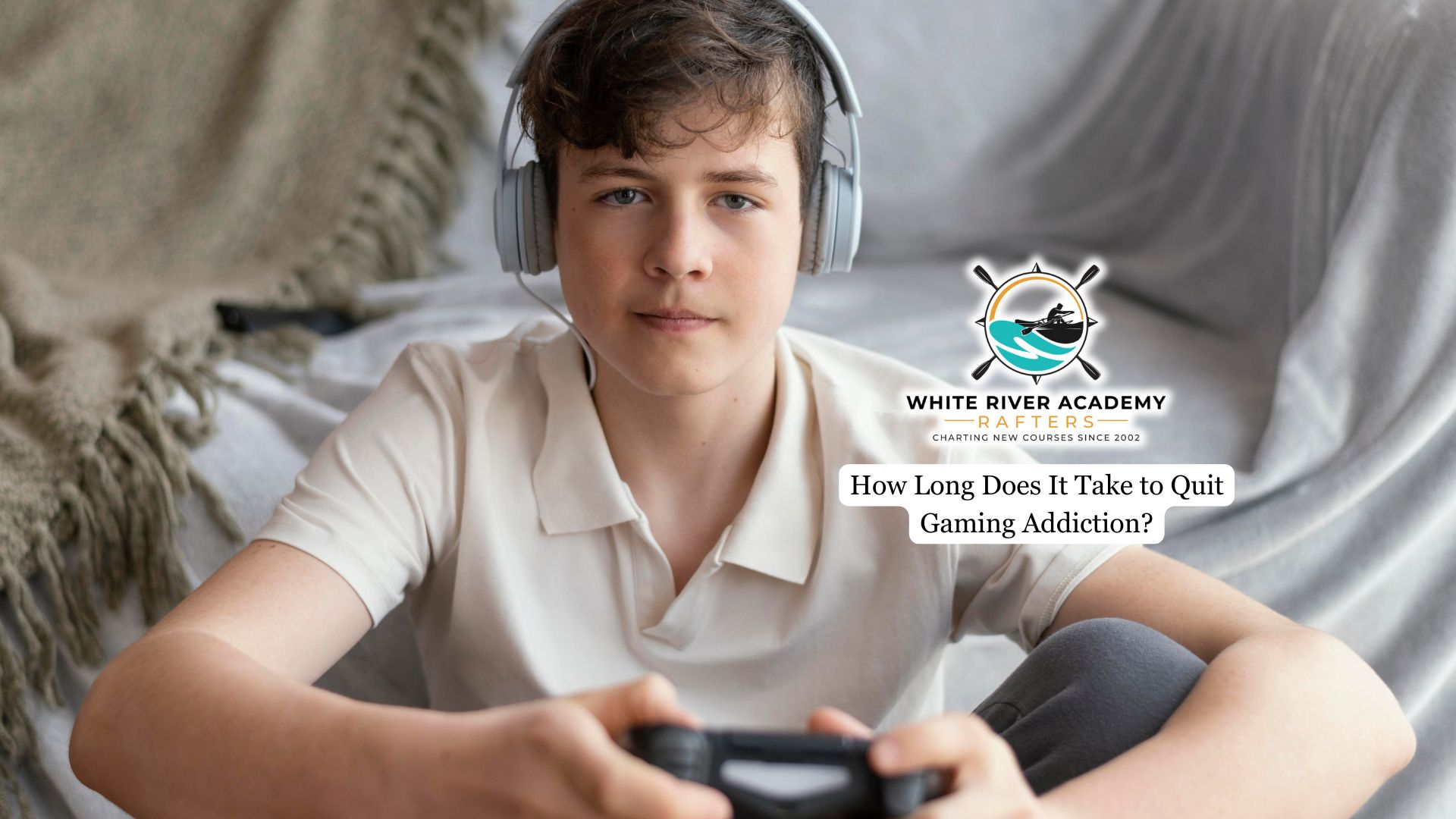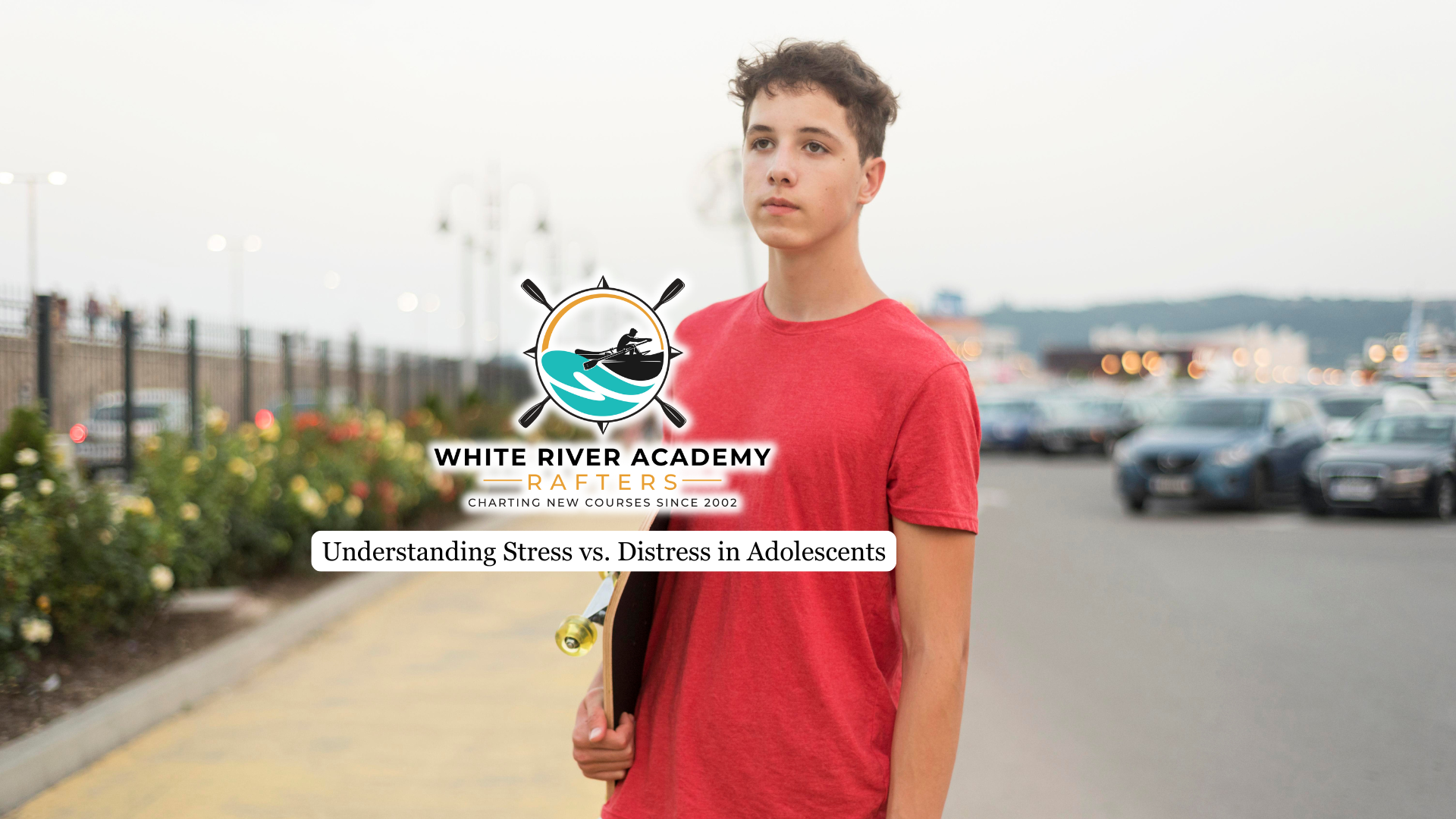Gaming addiction is a growing concern worldwide. This behavioral addiction affects not only daily responsibilities but also mental health, relationships, and overall well-being. The time it takes to quit gaming addiction varies greatly from person to person.
This article explores the recovery timeline, withdrawal symptoms, and practical strategies to help you or someone you care about break free from problematic gaming.
What Is Gaming Addiction?
Gaming addiction, sometimes called video game addiction or gaming disorder, is a compulsive pattern of excessive gaming that disrupts a young person’s daily life. For teenage boys, it often goes beyond casual fun and becomes a central focus, impacting school performance, friendships, family relationships, and overall well-being. Signs may include neglecting homework or chores, becoming irritable or anxious when not gaming, losing interest in sports or hobbies once enjoyed, and continuing to play even when it causes problems at home or school.
For many boys, one of the causes of gaming addiction is the sense of accomplishment, competition, or belonging they get in a way that feels more rewarding than real-life interactions. However, when screen time replaces face-to-face connection, outdoor activity, and personal growth, it can lead to emotional isolation, poor physical health, and stalled development of important life skills.
While not every teen who plays games is at risk, those struggling with compulsive play often find it incredibly difficult to stop without the right guidance. This is why treating video gaming addiction through specialized programs for adolescent boys is so important.
What’s the Timeline for Overcoming Gaming Addiction?
There’s no one-size-fits-all timeline as some people may see improvement in weeks, while others need several months or more to fully reset their habits and brain chemistry.
The reason lies in dopamine dysregulation, gaming stimulates the brain’s reward system in ways that can make real-life activities feel less satisfying. Overcoming this dependency requires time for the brain to recalibrate, and withdrawal symptoms can prolong the process.
While experiences vary, many people follow a general recovery pattern:
- First 24–72 Hours: Strong cravings, irritability, restlessness, and boredom.
- First Week: Mood swings, trouble focusing, and changes in sleep patterns.
- 2–4 Weeks: Reduced cravings, improved mental clarity, and emotional stability.
- 1–3 Months: Rebuilding healthy routines, better stress management, and fewer urges.
- 3–6 Months and Beyond: Long-term lifestyle changes, sustained recovery, and minimal desire to return to excessive gaming.
Factors That Affect Recovery Time
Several elements influence how long it takes to quit gaming addiction:
1. Age and Gaming History
Younger individuals or those who have spent fewer years immersed in gaming often find it easier to break the habit. In contrast, long-term players may need more time to adjust to life without gaming.
2. Type of Games Played
Highly immersive genres, such as MMORPGs (Massively Multiplayer Online Role-Playing Games) and FPS (First-Person Shooter) games, tend to foster deeper emotional and social attachments, which is why video games are addictive to teens, and can ultimately prolong the recovery process.

3. Mental Health Conditions
Co-occurring issues like depression, anxiety, or ADHD can make quitting more challenging and may require additional therapeutic support for sustainable recovery.
4. Support Systems
Having encouragement from friends, family, or peers in recovery can significantly boost motivation and accountability, speeding up progress.
5. Professional Help
Working with therapists or enrolling in structured treatment programs can provide tools, strategies, and accountability that often lead to faster and more lasting results.
6 Strategies to Speed Up Recovery
- Set a Quit Plan or Gaming Detox Schedule – Define clear rules and milestones.
- Replace Gaming with Healthy Hobbies – Exercise, music, reading, or outdoor activities.
- Join a Support Group – Online forums or in-person meetings for accountability.
- Limit Technology Exposure – Block gaming sites and uninstall games from devices.
- Work with a Therapist – Address underlying emotional and behavioral triggers.
- Track Your Progress – Keep a journal of cravings, emotions, and achievements.
Preventing Relapse
Preventing relapse is just as important as quitting gaming, especially for adolescent boys who may be more vulnerable to peer pressure and gaming culture. Triggers like stress, boredom, and competitive online environments can quickly pull teens back into old habits. Recognizing these risks early allows families to take proactive steps, such as setting screen time limits, avoiding high-risk situations, and practicing coping skills from treatment to build mental resilience.
Long-term success often involves ongoing therapy or group support, paired with building a balanced life outside gaming. Sports, creative hobbies, outdoor activities, and leadership roles can replace the gratification once tied to gaming with healthier, lasting sources of achievement and belonging.
Final Thoughts from White River Academy
Quitting gaming addiction is not an overnight process, it’s a journey that requires time, persistence, and structured change. While some individuals can recover in a matter of weeks, adolescent boys often face unique challenges that can make recovery more complex, requiring targeted strategies and consistent guidance.
At White River Academy, we provide specialized gaming addiction treatment in Utah tailored to the specific needs of adolescent boys. Our program helps teens replace excessive gaming with confidence-building activities, meaningful social connections, and a renewed sense of purpose. Through enriching experiences like equine therapy, outdoor recreation, physical fitness, and creative pursuits, we guide them toward discovering new passions and building a balanced, fulfilling life beyond the screen.




